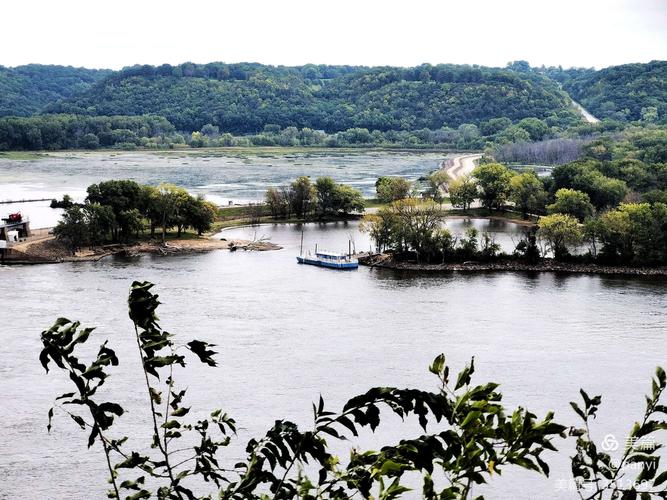World War I (1914-1918) is often remembered for its massive and destructive military campaigns that forever altered the geopolitical landscape of Europe. However, in addition to its political and social impacts, the war also had a profound impact on art and culture, sparking a period of innovation that would forever change the face of modern art.
One of the most significant effects of the war was the disillusionment and trauma experienced by those who fought and those who witnessed the devastation first-hand. This disillusionment led to a rejection of traditional artistic styles and a desire to create something that accurately reflected the brutal realities of war. The result was a movement known as Dadaism, which sought to subvert traditional aesthetics by incorporating found objects, nonsensical language, and absurdity into artistic expression.
Likewise, the war also gave rise to the Expressionist movement, which emphasized the raw emotions of the individual rather than conventional depictions of reality. Expressionist artists such as Max Beckmann and Kathe Kollwitz were heavily influenced by the war, and their works often depicted the physical and mental suffering of soldiers and civilians alike.
However, it wasn’t just the avant-garde movements that were affected by the war. The conflict also gave rise to a renewed interest in the classical ideals of order, balance, and clarity. This led to the formation of the Bauhaus school, which focused on integrating art and design into daily life through functional and minimalist design principles. The Bauhaus school’s emphasis on order and functionality was a direct response to the chaos and destruction of the war.
Moreover, the war also led to a global shift in the art world’s center of gravity. Before the war, Paris had been the undisputed cultural capital of Europe, with figures such as Picasso and Matisse leading the way. However, the war caused a rupture in artistic production, and many artists fled to other parts of Europe or the United States. As a result, the art world became more pluralistic, with new centers of artistic production emerging in cities such as Berlin, New York, and Amsterdam.
In conclusion, World War I had far-reaching and profound impacts on art and culture, sparking a period of artistic innovation and experimentation that would forever change the course of modern art. From Dadaism’s rejection of traditional aesthetics to the Bauhaus school’s emphasis on functionality and order, the war’s cultural impact was significant and enduring. The war’s legacy serves as a reminder that even in the midst of chaos and destruction, human creativity can emerge, offering glimpses of hope and transformation.
(Note: Do you have knowledge or insights to share? Unlock new opportunities and expand your reach by joining our authors team. Click Registration to join us and share your expertise with our readers.)
Speech tips:
Please note that any statements involving politics will not be approved.
